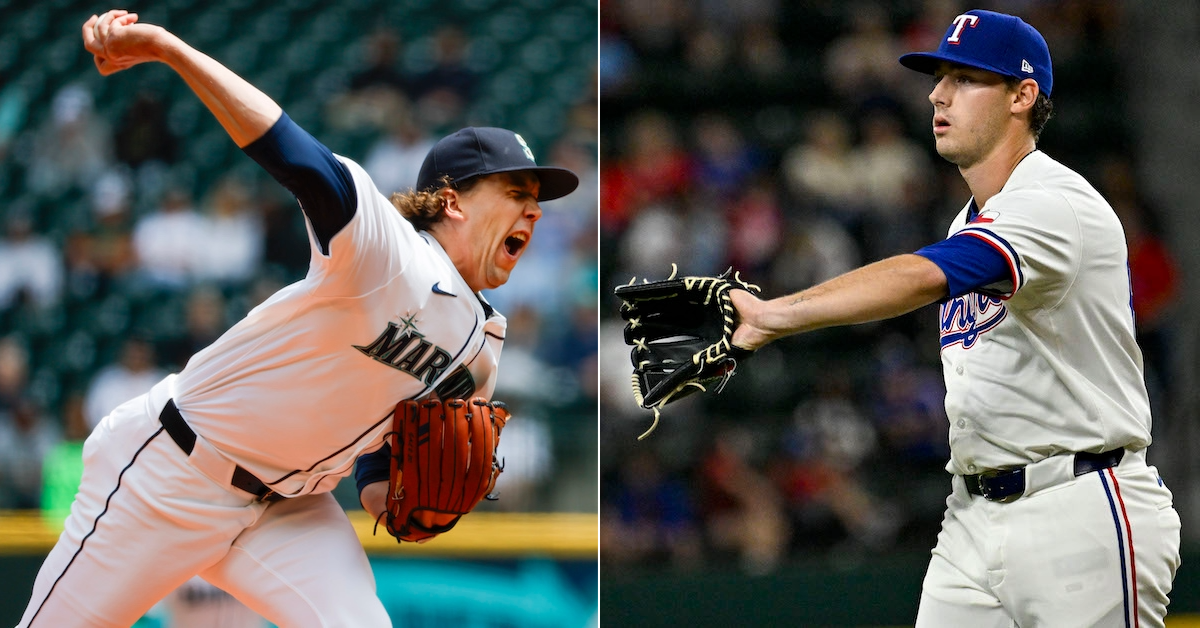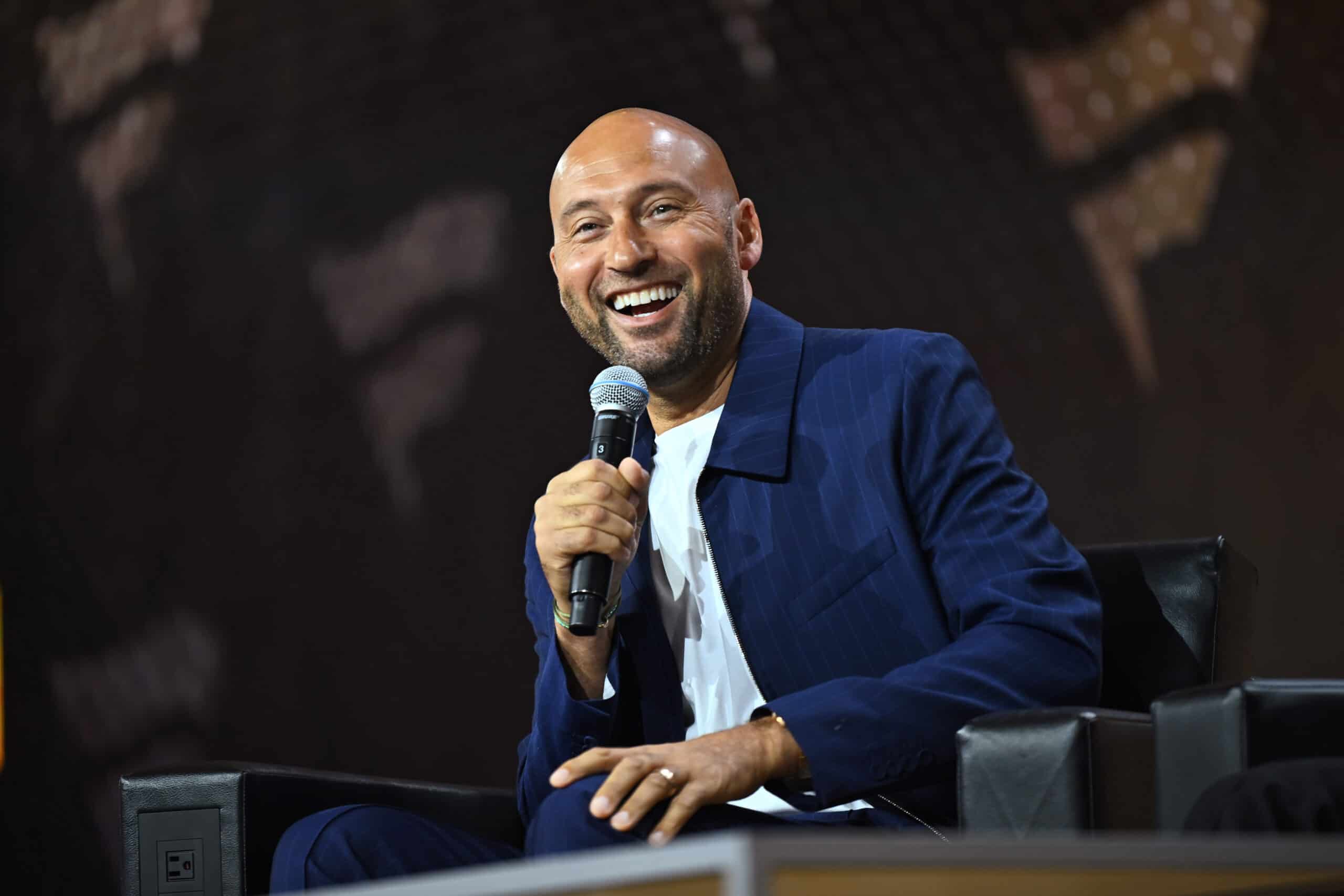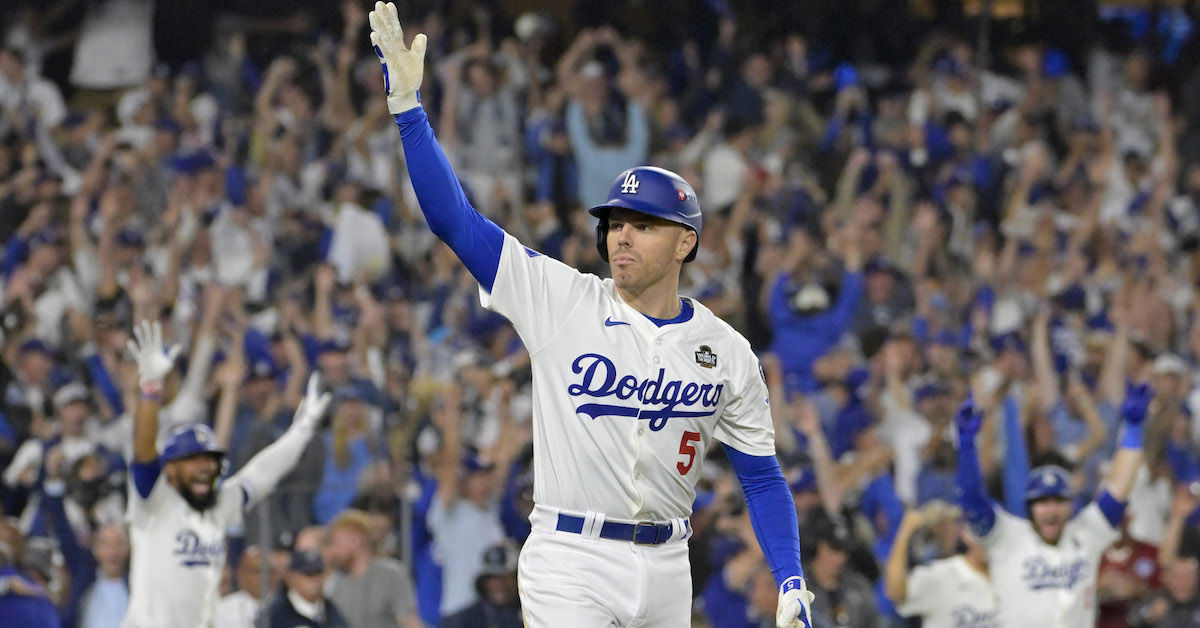[ad_1]
Joe Nicholson and Jerome Miron-USA TODAY Sports
Season one of One Tree Hill is a perfect season of television, and I will not be entertaining arguments to the contrary. In it we meet Nathan and Lucas Scott, the sons of hometown basketball hero, Dan Scott, who runs a local car dealership. Nathan was raised in the traditional nuclear family structure by Dan and his college sweetheart and wife. Lucas was raised in a single-parent household by his mother, Dan’s high school sweetheart. Despite sourcing their foundational genetic material from the same DNA pool, Nathan and Lucas are depicted at odds with one another in several key ways. Nathan is his father’s golden child and characterized as hyper competitive, entitled, and emotionally stunted; Lucas receives no acknowledgement from Dan and skews more intellectual, reserved, and empathetic. Both are super good at basketball and both crave the approval of their father. Nathan seemingly has it all, but presents as lonely and ill at ease in his environment. Lucas drew the short straw, but is mostly content and supported by several meaningful relationships. The whole concept is a pretty straightforward exercise in nature vs. nurture, and if you haven’t seen One Tree Hill, don’t worry, I haven’t spoiled anything; this is all part of the show’s initial setup in the pilot episode. What the viewer is intended to puzzle out as the season unfolds is how much of Nathan’s arrogance and aggression is a reaction to his surroundings and how much is an inherent part of his character. And on the other hand, can Lucas, against his father’s wishes, learn to thrive in new surroundings as he steps into the spotlight of varsity basketball? Or is he more naturally suited to exist in the shadows?
I recently read almost six years of scouting reports, statistical breakdowns, and interviews covering two prospects from the 2018 MLB draft in an attempt to to understand the how and why of each player’s career arc. More on that later, but for now, I want to emphasize how much easier it is to analyze a teen soap opera. And it’s not that the scouting reports were unclear, or that the statistical analysis was misleading, or that the players misrepresented themselves in interviews. It’s that taking 18- to 22-year-olds and turning them into big leaguers is a hard thing to do under the best of circumstances.
Part way through that first season of One Tree Hill, Nathan files for emancipation from his parents to escape the abusive and domineering environment cultivated by his father, and he starts a redemption arc by re-shaping his character away from Dan’s influence. It serves as a pretty clear declaration of which son landed in the better situation and how much that drove his prior behavior. But player development isn’t a scripted narrative, drawing heavily on high school stereotypes, with a nice, tidy season finale. Every player development system has a lot of moving parts and every player’s development has a lot of crucial nuance and context.
Last week, I evaluated teams on their ability to maximize talent at the big league level, talent they acquired via trade or free agency. This was an extension of research from a prior piece comparing the Angels and Dodgers as organizations. In that piece, I also compared the two teams’ ability to get major league production from the players in their respective farm systems. Now the moment has come to extend that analysis to the rest of the league and learn which teams, from a macro perspective, tend to get the largest contributions from their farmhands.
The theory behind the methodology is to compare the expectations for a minor league prospect to the reality of what that player becomes. The proxy for a player’s expected outcome is the Future Value (FV) grade assigned to the player when he enters a team’s system, either by the draft or in a trade. The earliest grade possible is used to capture the outlook on a player before the team exerts its influence. Since many prospects don’t work out, this analysis will focus on players with a 40 FV or higher, so that teams aren’t dinged for failing to develop players with long odds of making the majors. With FV measuring expectations, the reality side of the comparison will be handled by WAR. But since counting stats make comparisons tricky, WAR will be converted to a rate stat – WAR per 600 PA for hitters and WAR per 600 batters faced for pitchers.
Each organization’s evaluation is based only on what players did while they were members of the individual club with which they debuted because, after all, the goal is to measure each team’s ability to get major league contributions from the players it develops. For example, in this particular exercise, Andrés Giménez’s production would be factored into only the Mets’ evaluation because they developed him and he debuted with them before they traded him to the Guardians. Another example: Even though the Rays drafted and developed Joe Ryan, they would not get credit for his MLB production because they traded him to the Twins before he reached the majors.
As with prior analyses, we’ll gather data from 2018-2023 in order to amass a decently large sample, while keeping the window tight enough to prevent the signal from getting too muddied by the high turnover rates among player development staff and leadership. The points on the graph below represent the average WAR600 posted by each team’s 40+ FV pitching prospects, with lines extending outward to represent the standard error associated with that average as a way to show the variance of these values. This way we can understand how consistently teams’ pitching prospects are landing near their average outcome and get a more accurate view of the average as a range of likely outcomes.
The ranges overlap quite a bit, indicating that a given player in most systems is working with roughly the same set of possible outcomes. But teams differ from one another enough to still make out which clubs tend to be more proficient and which ones trail the others. The Brewers have a comfortable lead over the second place Dodgers, while Colorado seems to think Rockies is short for rock bottom. Milwaukee and Los Angeles take different routes to their strong rankings. The Brewers have successfully developed fewer total pitchers than the Dodgers, but the ones they’ve hit on have really hit (Devin Williams, Corbin Burnes, Brandon Woodruff), whereas the Dodgers have benefitted from more of a volume play (Walker Buehler, Bobby Miller, Dustin May, Tony Gonsolin, Michael Grove, Gavin Stone).
To really get a feel for development we can lock in on how teams do with their 40 FV prospects specifically. By taking away the comparatively safer prospects with higher FV grades, we can focus on the players who are most dependent on their teams for coaching and resources and see which teams make the largest moves within the rankings.
Pitching Development Rankings
| Team | Overall Rank | 40 FV Rank | Rank Change |
|---|---|---|---|
| MIL | 1 | 1 | 0 |
| LAD | 2 | 2 | 0 |
| ATL | 3 | 12 | -9 |
| … |
Several above average seasons from Bailey Ober help Minnesota move 11 spots up the rankings, while Philadelphia gets a…
[ad_2]



